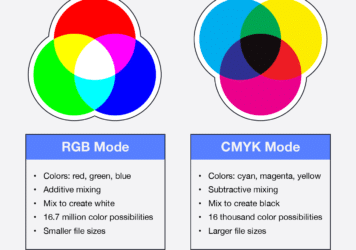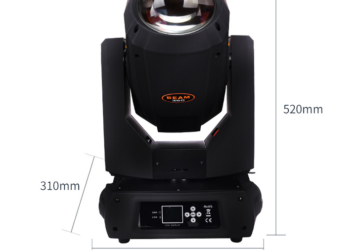5 Best Places to Install Wedding Lighting: US and China
In wedding lighting design, the infrastructure of the venue is crucial. Fixing points on the ceiling or roof are very useful for hanging decorative and scenic lighting. The more fixing points available, the greater the flexibility for hanging items such as decorative lights. Whether these fixing points are available can impact whether the couple’s dream for their wedding day can be realized, such as having overhead lighting for the cake table, lounge area, banquet table, bar, and other areas.
Best Fixing Points for Wedding Lighting
For venues without fixing points, freestanding lighting towers can be used. However, their placement needs to be carefully planned to ensure they do not interfere with the overall aesthetic of the wedding or cause discomfort to guests. Wedding lighting should never be directed at people’s faces. A good lighting design requires well-distributed lights.
Types of Wedding Lighting and Their Characteristics
Wedding lighting can be divided into three main types:
- Scenic Lighting: Ambient lighting is undoubtedly the most important. It influences the mood of the event, helps photographers take more natural photos, enhances the decor, and emphasizes the celebration space, among other key points.
- Dance Floor Lighting: Its main purpose is to make the dance floor more appealing to guests, helping to create a lively atmosphere and interact with the music being played.
- Decorative Lighting: Its main objective is decoration. Some items, like light strings, can also serve a functional purpose in lighting.
Most Common Types of Decorative Wedding Lighting
Before choosing the type of lighting for your wedding, it’s important to define the style and location of the event. Another crucial detail is to adjust the lighting type according to the time of the event.
- Edison Bulbs: These carbon filament bulbs come in various shapes and are often used in large quantities. They are beautiful and delicate, adding much charm to the lighting design.
- Light Strings: Made of wire, sockets, and bulb lamps, this simple lighting needs to be well-executed to create a significant visual impact. They have been widely used and desired for many years because of the romantic and cozy effect they provide, especially in outdoor weddings.
- Fairy Lights: These familiar Christmas lights do not blink at weddings. They are strands of micro-lamps that need to be used in large quantities to create an enchanting effect.
Lighting for Different Wedding Settings
- Beach Weddings: Even if the wedding is during the day, lighting the beach sand is important for guest safety and to extend the beauty into the night.
- Country Weddings: Highlight not only the guest area but also the surrounding nature. Lighting trees and natural beauty will enhance the experience for both the couple and guests during the night.
- Indoor Venues: Indoor wedding lighting will emphasize the decor. Creating different niches with focused and indirect lighting will add comfort and a cozy atmosphere to the venue.
- Outdoor Weddings: Don’t forget to illuminate trees, gardens, and plants at the venue. These beautiful details deserve special attention as night falls. If there are no fixing points, light strings with stakes are a good option to illuminate and add unique charm to the space.
- Daytime Weddings with Natural Light: If it might get dark as guests leave, remember to have functional lighting to help them exit. Decorative lights like string lights and filament lamps can also have a nice effect during the day.
- Night Weddings: Lighting is essential for night weddings. Prioritize this aspect to ensure great photos and a wonderful atmosphere.
Lighting Key Areas
- Altar: Ensure lighting from all sides to avoid shadows in photos.
- Guest Tables: Consider more than one lighting point to prevent one side of the decor from being in shadow. Tall arrangements may need up to three lighting points.
- Cake Table: Use a slightly more open lighting format to illuminate the entire table, including the rug as part of the decoration. Don’t forget decorative lights like pendants or domes to make the design even more beautiful.
Dance Floor Lighting
Prioritize impactful lights. Low-quality lights in large quantities only create visual clutter rather than energizing guests. If you dream of having string lights or other decorative lights on the dance floor, listen to both positive and negative feedback. Also, avoid using bulky structures. If the venue allows for suspending these items within its infrastructure, this is the least intrusive method for your wedding decor.
Lounge Area Lighting
Don’t focus solely on arrangements. More open lighting helps to highlight all items in this environment, which includes corner and center tables, rugs, sofas, and objects. Remember to use decorative lighting that enhances this space further.
How to Choose Wedding Lighting
Avoid using RGB, RGBW, and RGBWA LED lights for ambient wedding lighting, as they are designed for coloring rather than highlighting. For lighting trees and natural features, avoid green lights, as they create an artificial look. Instead, opt for warm white lights to enhance the natural beauty of the brown trunks, green leaves, and colorful flowers.
By considering these factors and experimenting with different lighting options, you can create a wedding atmosphere that reflects your unique style and leaves a lasting impression.










Leave a Reply